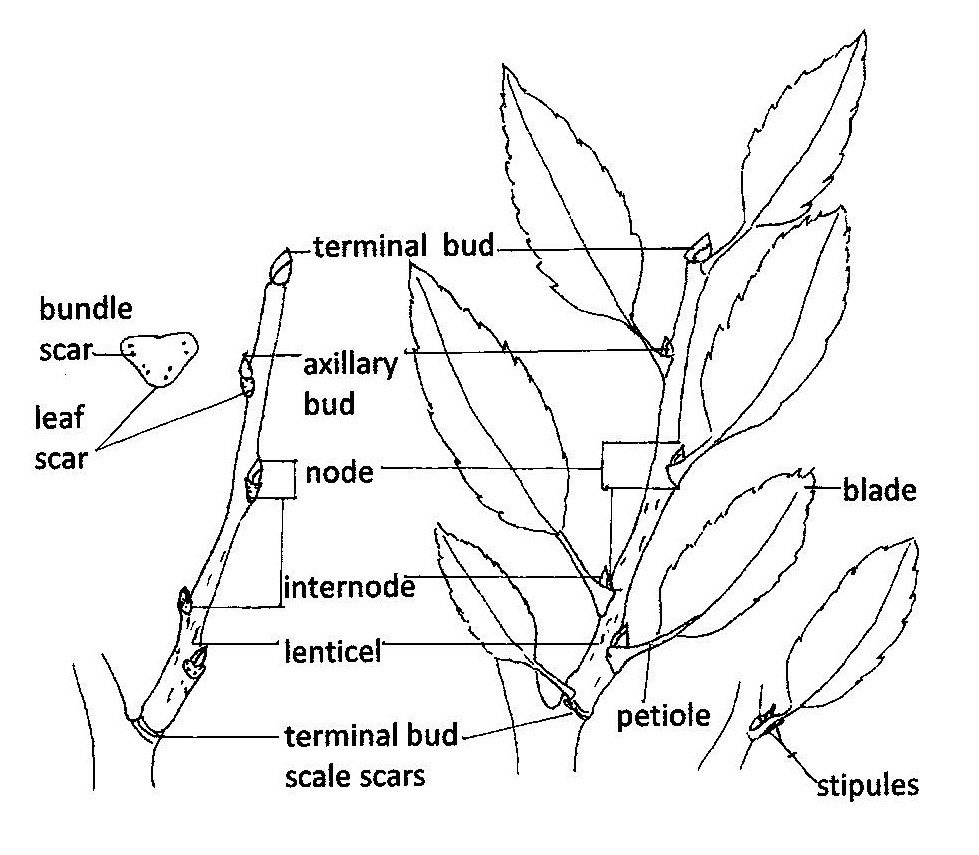
Having a good knowledge of landscape morphology is very important for land surveying and land management. This is especially true in polder areas where the landscape is constantly changing and where it is hard to predict the morphology of the landscape.
Throughout the history of research in landscape morphology, many influential theories have been discussed. One of the most prominent is that of Carl Sauer. His work, The Morphology of Landscape, was written in 1925. It attempted to make sense of the phenomenon of landscapes by incorporating a superorganic conception of culture. It was criticized during the positivist era as a reactionary theory.
A morphological landscape view emphasizes the expressive qualities of the landscape. According to this view, landscapes are a combination of symbolic and material facts that create a milieu in which both the natural and the cultural are inseparable.
During the early 19th century, authors attributed the form of the landscape to specific glacial processes. The early 19th century authors also attributed the form of the landscape to local climate. This was a controversial notion that was later challenged by scientists like John Wylie.
The morphological view of space is akin to the Goethean concept of landscape. The shape of the landscape is the starting point. It is then transformed through time.
Typical zonal landscape morphological features include artificial canals, fields, paddy fields, water-filled gullies, and rivers. These features are closely related to agricultural production. They are also important for the reshaping of regional landscapes.
The article describes a machine learning model that can be used to determine the morphological unit types. It also demonstrates an index system and visualization techniques that are applicable to this task. It is hoped that these tools will be able to contribute to the study of polder landscape morphology.
The polder landscape morphology index was calculated by using an ArcGIS platform. The index was based on a two-dimensional plane of the polder's constituent morphological units. The result showed that the polder's overall morphological features were primarily rectangular. Several factors were considered in calculating the index. The squareness and ellipse compactness of the morphological units were both used in measuring the degree of morphological concavity. The fractal dimension was also used to measure the tortuosity of the polder.
Polder units are a type of water conservancy project, which is distributed in low-lying river banks or estuary deltas. Artificial canals are the primary constituent units of polder morphology. In addition, polders form under natural river channels.
In this article, we present a quantitative analysis method for polder landscape morphology classification. We apply factor analysis to integrate the polder landscape morphology index value. The result can be used as a reference to identify the morphology types of polder units. We also describe visualization methods and machine learning classification.
In this study, we use the factors of ellipse compactness, fractal dimension and polder unit area to classify polder morphology types. The factors are based on the internal structural relationship of original data. In addition, the morphological properties of polder units are analyzed through hierarchical clustering.
Polygonal polder units have complex morphology, such as high elongation, curved perimeter, and tortuosity. However, their compactness is relatively low. The compactness of a polder unit is the ratio of its constituent unit area to its minimum bounding rectangle area.
During the nineteenth century, several geologists and historians began using the term "geomorphology" to describe the physical process of formation of landscapes. Some of the early writers believed that the form of a landscape was a result of the specific glacial processes of the region. In 1891, John Wesley Powell used the word "geomorphology" in a presentation at the International Geological Conference.
Geomorphology focuses on physical and biological processes that are responsible for the formation of land. It works through observation, mathematical models, and physical experiments.
The term "morphology" is generally associated with geomorphology, but it has also been used to describe physical geography. It implies an anti-reductionist view of nature. Typical themes include soil erosion, coastal processes, and hillslopes.
Geomorphology originated in the nineteenth century as a response to the realization that the surface of the Earth has been shaped over time. It involves a variety of physical and chemical processes. It can be applied to urban processes as well.
